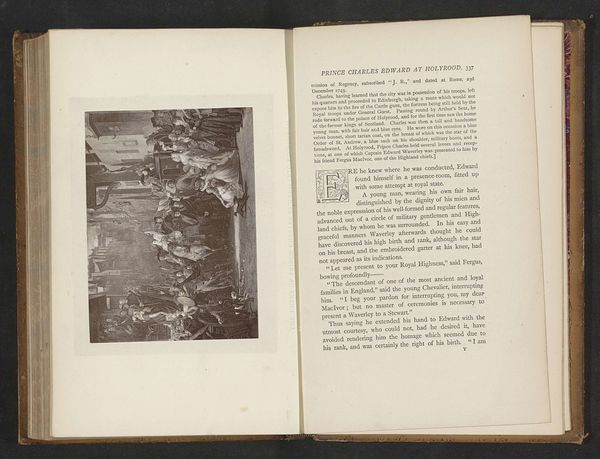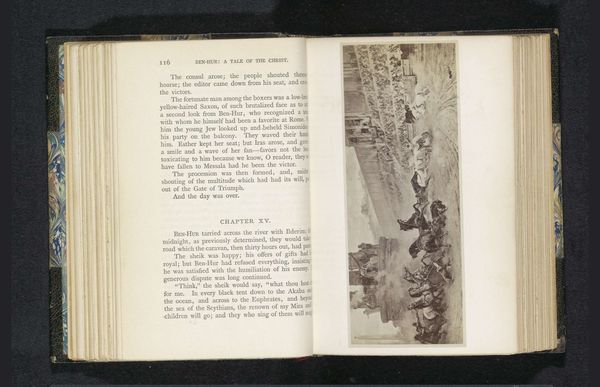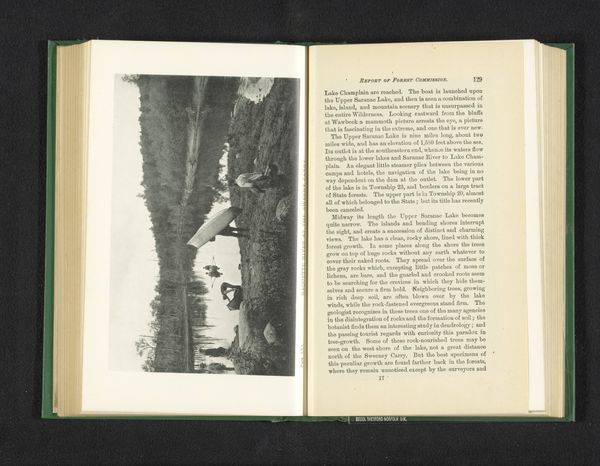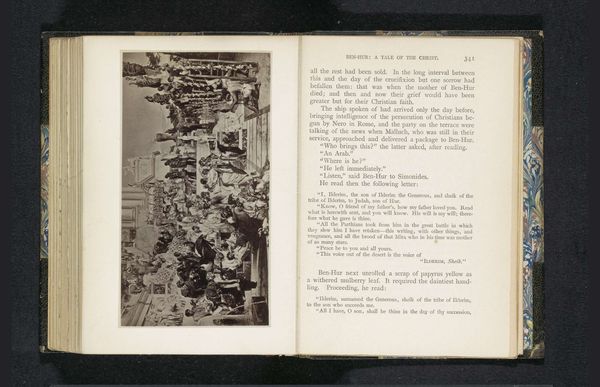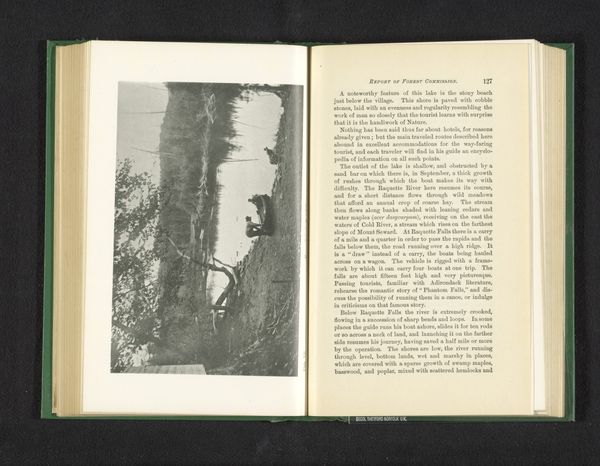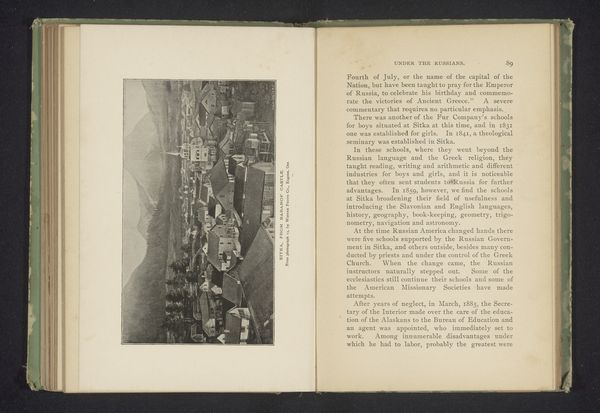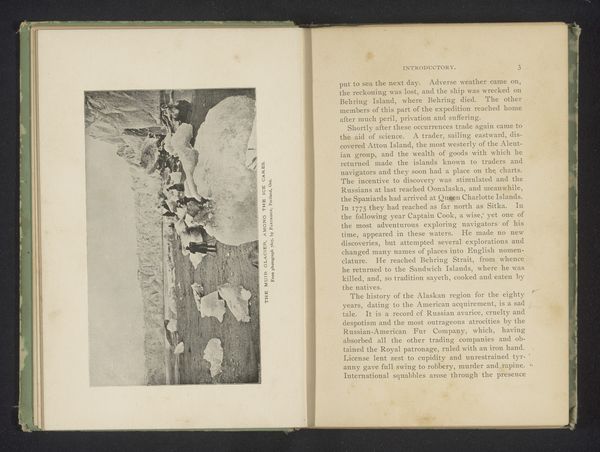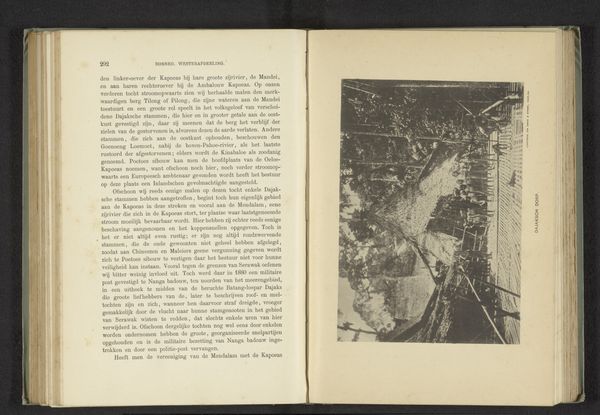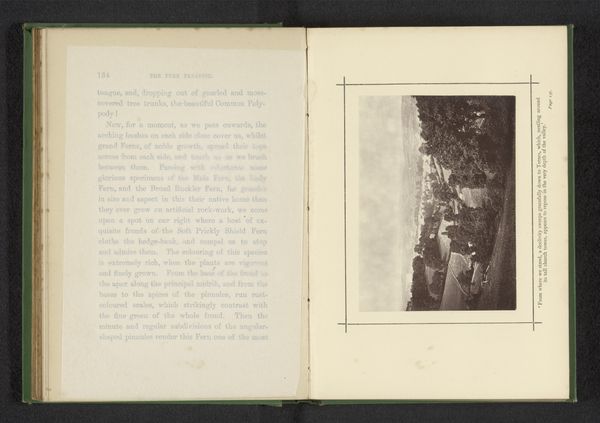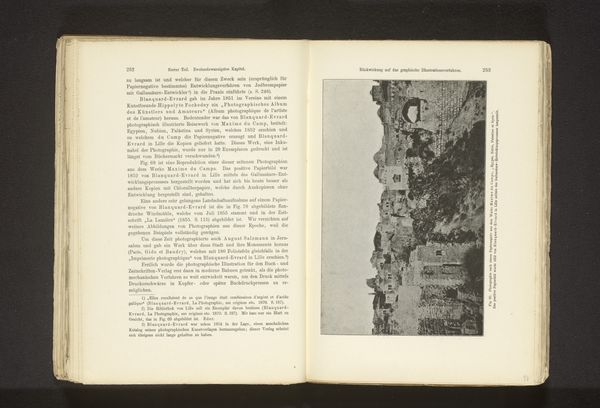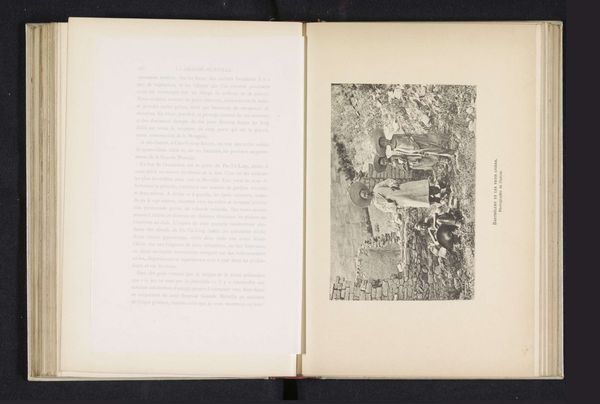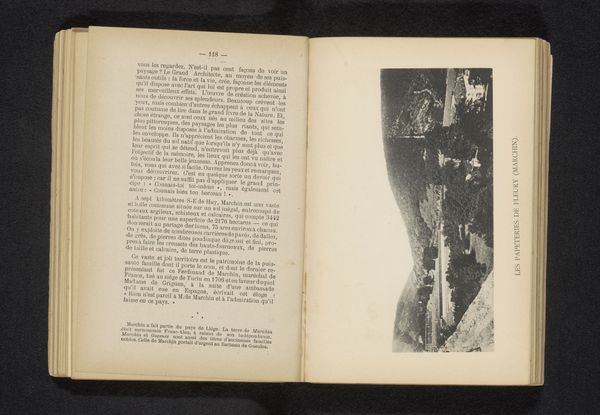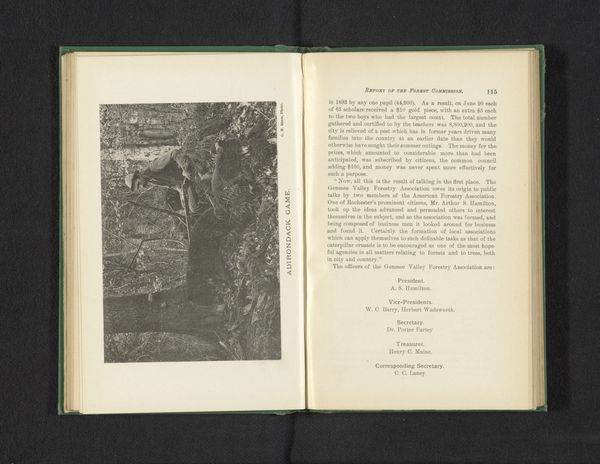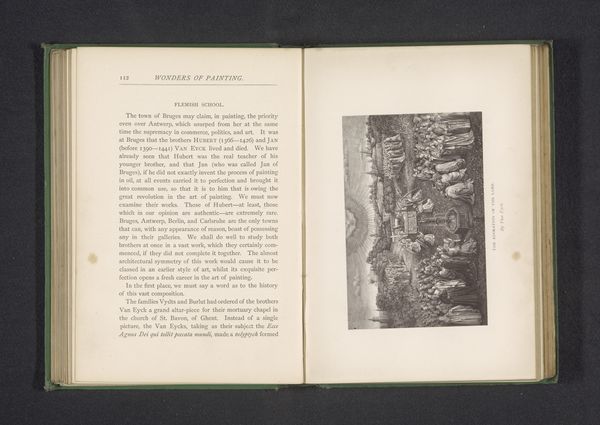
print, paper, photography, albumen-print
# print
#
landscape
#
paper
#
photography
#
orientalism
#
cityscape
#
albumen-print
Dimensions: height 98 mm, width 126 mm
Copyright: Rijks Museum: Open Domain
Editor: This is "Gezicht op de Poel van Bethesda te Jeruzalem," or "View of the Pool of Bethesda in Jerusalem," by Félix Bonfils. It looks like an albumen print from before 1888, preserved in an old book. It’s a stark, almost otherworldly scene; it seems both documentary and staged. What’s your take on this image, considering the historical context of photography at the time? Curator: Bonfils’s work operates within a fascinating intersection of art, politics, and burgeoning tourism in the late 19th century. The albumen print, a relatively new technology, allowed for mass production and dissemination of images. In the context of orientalism, how might Bonfils’s photograph cater to, or even shape, Western perceptions of Jerusalem? Editor: That's a really good point! Thinking about "orientalism," do you mean he's possibly exoticizing Jerusalem for a European audience? Curator: Precisely! Consider who Bonfils’s intended audience was: largely European Christians eager to "see" the Holy Land. These photographs validated biblical narratives and fueled religious tourism. So the photographic framing, the perspective, the people included in it - they were carefully constructed for that consumption. The staging plays into these assumptions. It highlights, monumentalizes. Editor: It’s like he’s providing a visual confirmation of their pre-existing beliefs about the place, turning it into a spectacle. Does the very act of photographing transform the city into something for display, affecting its reality? Curator: Exactly! Bonfils wasn’t merely documenting; he was participating in the construction of an imagined Jerusalem, impacting both its historical narrative and future development as a tourist destination. By presenting a readily consumable image, how does Bonfils arguably simplify and commodify the experience of a vastly complex place? Editor: I see how these photos, though seemingly objective, actually play a powerful role in shaping cultural perceptions and even affecting the economic landscape through tourism. Thanks, that was illuminating!
Comments
No comments
Be the first to comment and join the conversation on the ultimate creative platform.
